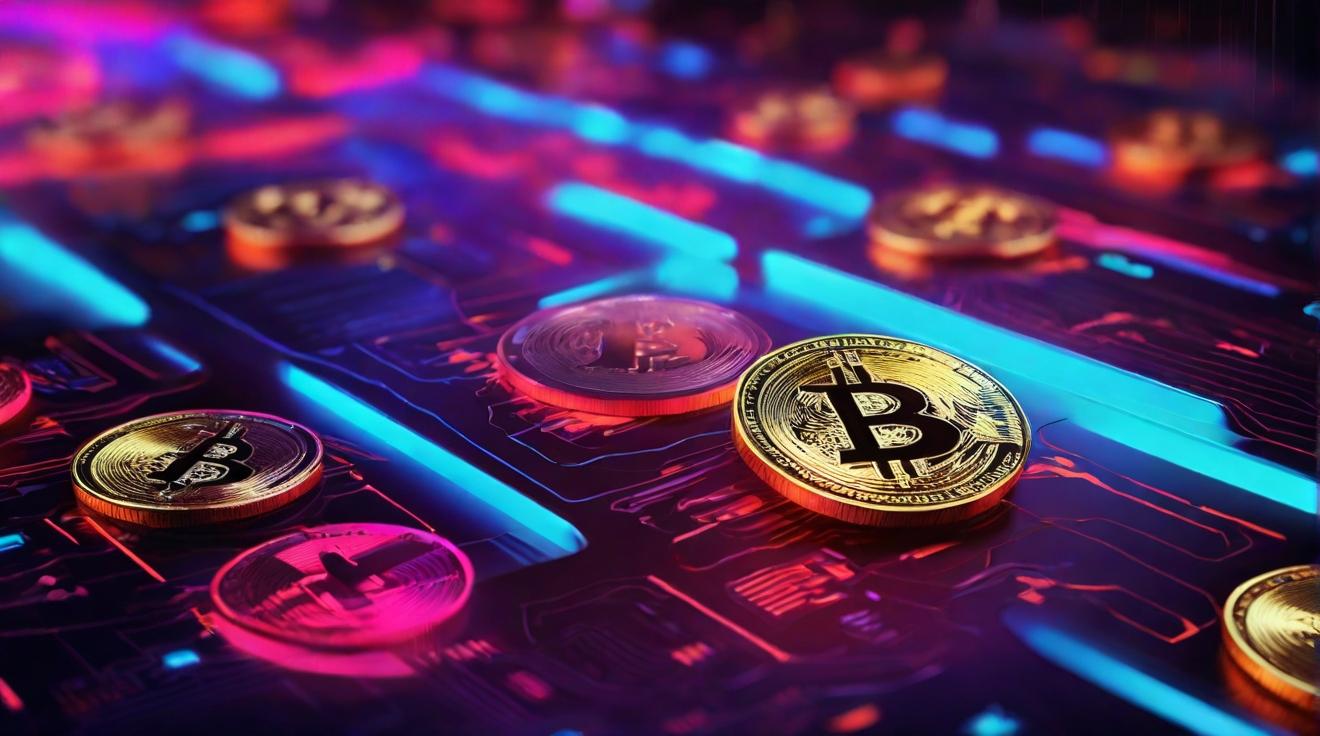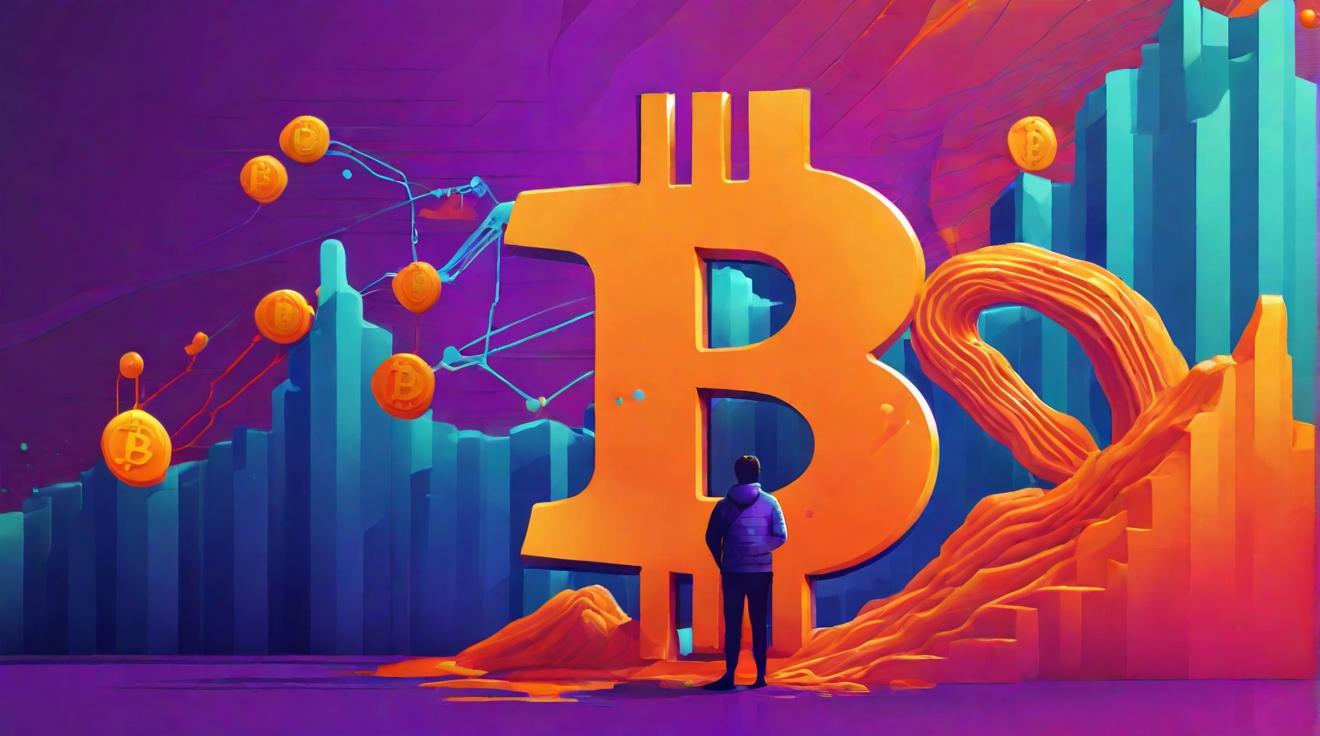The Rise of Wrapped Tokens: Unlocking Real-World Assets on the Blockchain
In recent years, the blockchain industry has witnessed a significant innovation that has the potential to revolutionize ownership and trading of real-world assets – wrapped tokens. Wrapped tokens are a type of digital asset that represents ownership of a specific real-world asset, such as gold, real estate, or even fine art. This new form of tokenization opens up exciting possibilities for bringing traditional assets onto the blockchain and transforming the way we think about ownership and value.
A Closer Look at Wrapped Tokens: Bridging the Gap Between Digital and Physical Assets
Wrapped tokens act as a bridge between the digital and physical worlds, allowing users to trade and own real-world assets in a secure, transparent, and efficient manner. These tokens are created by “wrapping” a real-world asset, which involves depositing the physical asset with a custodian who then issues a corresponding digital token on the blockchain. This process ensures that the digital token is backed by the underlying physical asset, providing users with a trusted representation of ownership.
Exploring the Potential of Wrapped Tokens: Revolutionizing Ownership on the Blockchain
The potential applications of wrapped tokens are vast and varied. They have the ability to democratize access to traditionally exclusive assets, such as fine art or high-value real estate, by allowing fractional ownership. This means that multiple individuals can own a portion of an asset, opening up investment opportunities to a wider audience. Additionally, wrapped tokens can facilitate instant and borderless transactions, enabling the seamless transfer of ownership across different jurisdictions and reducing the need for intermediaries.
Unveiling the Mechanics of Wrapped Tokens: Transforming Real-World Assets into Digital Tokens
The process of creating a wrapped token involves several steps. First, the asset is deposited with a custodian, who verifies its authenticity and stores it securely. Next, the custodian issues a digital token on the blockchain, representing ownership of the asset. This token is pegged to the value of the underlying asset, usually in a one-to-one ratio. The custodian then holds the physical asset in storage, while the digital token can be freely traded and transferred on the blockchain. In the event that a token holder wants to redeem their ownership, they can do so by returning the token to the custodian and receiving the corresponding physical asset.
Wrapped Tokens: The Gateway to a New Era of Asset Tokenization on the Blockchain
Wrapped tokens are paving the way for a new era of asset tokenization on the blockchain. By bringing real-world assets onto a decentralized and transparent platform, these tokens have the potential to unlock liquidity, increase accessibility, and enhance efficiency in various industries. Moreover, the use of smart contracts and blockchain technology ensures that ownership and transactions are recorded immutably, reducing the risk of fraud and enabling greater trust between parties. As the adoption of wrapped tokens grows, we can expect to see a wide range of assets being tokenized, transforming the way we perceive and interact with traditional assets.













